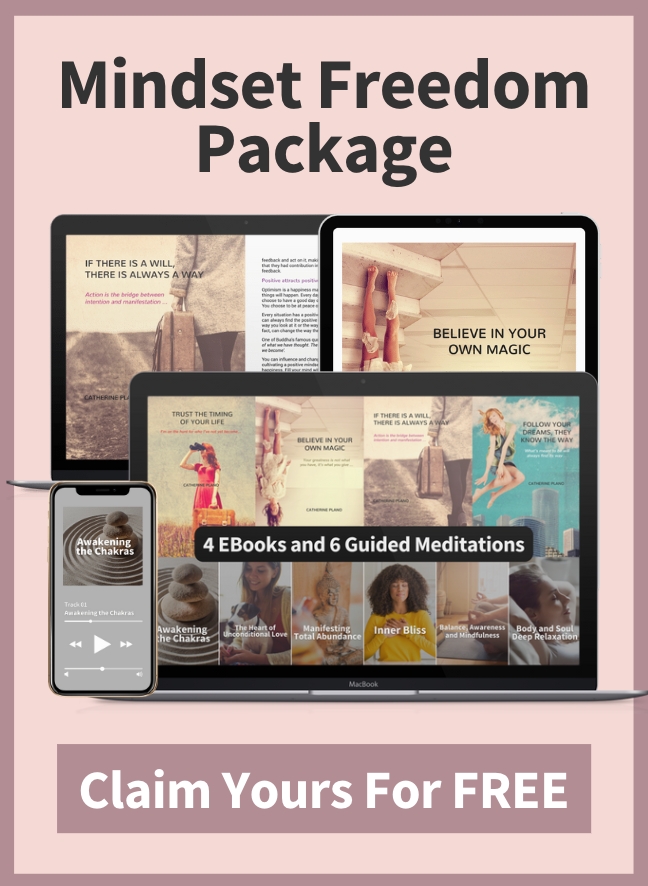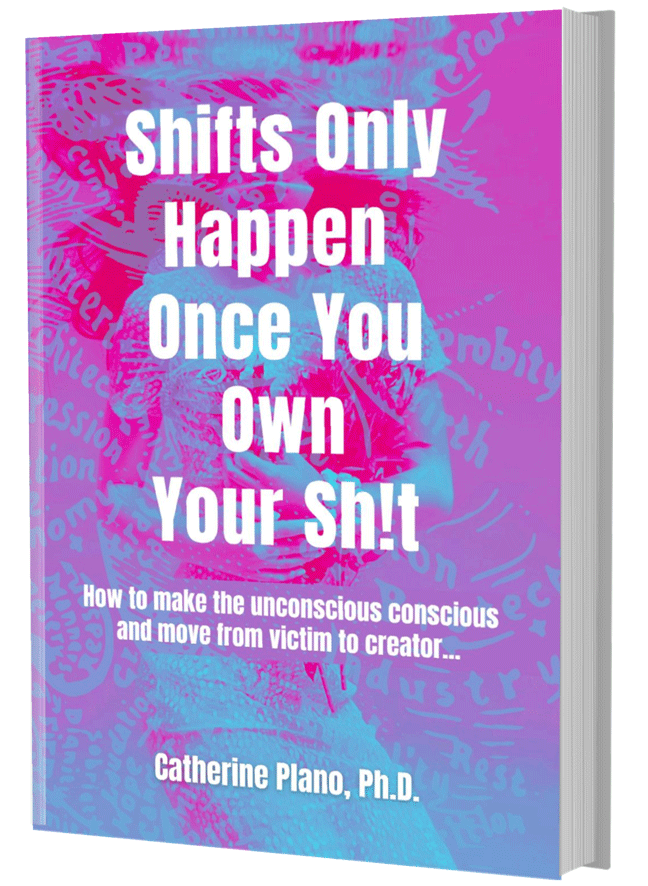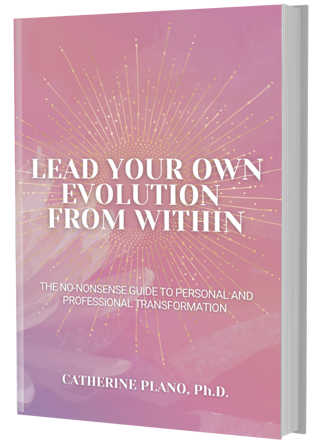Why consistency in branding matters
Every organisation and individual has a brand, whether it is a priority or not. A brand is what others think of you. It’s their perception of you. Your brand is what you stand for. Your brand is what your prospects think of you and what emotions you inspire.
So doesn’t it make sense to take control of your brand?
An awesome brand is built over time and it requires a lot of thought, strategy and consistent checking in to see if it is relevant to the direction of your strategy or whether it is redundant.
Why is consistency so important? Consistency helps you manage your:
- Perceptions
- Purpose (your why)
- Attitude
- Behaviour
- Focus
- Message
- Success
The key to consistency is to know your brand values. Its sounds simple enough, but how do you actually do it?
When I was working on my brand, I really wanted to connect words that were very aligned with my values. So… the first thing I did was respond to a simple question. What is important to me about my business? I had an epic list of words that just flowed; I got out of my way. I allowed my brain to just spill out on paper. Once I had this amazing long list of words, I created clusters. I grouped my words that were associated in some way shape or form. The number one thing for me was to have fun and so this is how I came up with my F words… that make up my personal brand. I had to make sure I was able to connect with them on an emotional level and be able to respond to why they are so important to me.
The F Words
Fun – happiness, laughter, enjoyment, playfulness, joy, well-being, bliss.
Freedom – flexibility, gratefulness, curiosity, limitless, change, clarity.
Fabulous – innovative, cleverness, brilliance, inspiring, positive, wisdom, balance.
Fulfilled – big, accomplished, achieved, gratified, empowered, success.
Fearless – bold, brave, courage, believe, persistent, adventurous, heroic, honesty.
Feelings – belief, awareness, consciousness, excitement, integrity, enthusiasm, passion, trust, loyalty, happiness, humble.
Forgiveness – transition, growth, compassion, strength, calm, kindness, connect.
Fantasy – creativity, dream, imagination, invention, awakening, inspiration, vision.
As you can see, thorough brainstorming can help you discover the definitive words for your brand. Don’t be afraid to explore and dig deep into your organisation’s concept or your personal values.
But after you find your keywords, how do you continue to build a powerful brand? Here are the essential steps I followed for my personal brand, which I also walk the clients I work with through to determine their ideal image.
Your Company’s Personality
Another way of playing with your brand and making it come to life is to answer the three below questions. This is a lot of fun. Especially in larger organisations, I do this as a quiz to see if the people and the company are aligned with their brand. It’s a very insightful exercise.
- Which animal would best suit your personality/organisation? Why?
- What car would best describe your personality/organisation? Why?
- What celebrity most suits your personality/organisation? Why?
In the past, I found that utilising the above three questions gave me an in-depth advantage to really understand whom I was working with. It opened up so many opportunities to work with a brand and to be able to assess whether it was relevant to the direction of the company’s strategy or not. It gave me substance that was tangible and information for us to deep dive and get creative with a strong, 30-second elevator pitch.
Know Your Why
The biggest driver that fuels your passion and desire is your purpose. What is your purpose? Why are you here? Connect with your heart and let it all pour out on to the page. Once you know why you are here, this will be your driving force in everything that you do, from decision-making to goal setting. What is your vision? Have the end in mind. Your vision is your future focus; it is your source of motivation and inspiration. Where do you see yourself in five years’ time? Think big.
Who Is Your Customer?
I highly encourage you to do your market research about your ideal customer. This can be done via a survey. When customers describe what they want, scratch beyond the surface to see what they really mean and outline the specifics. What are the hidden desires and feelings that you want to invoke in your customers?
Based on your research, extract the answers to questions like:
- Who are they?
- What is important to your customer?
- What are their fears?
- What are their frustrations?
- What are their wishes?
What’s Your Uniqueness?
There is so much to choose from. The markets are saturated with noise via social media. Your customer today is overwhelmed by the amount of information that is available to them. If your customer can’t describe in one sentence what your unique selling proposition is, then your uniqueness is not clear enough. It can be as simple as going through a series of questions like the ones below to find your authenticity.
- What sets you apart from the crowd?
- What do you do that makes you who you are?
- Why should your prospects buy from you or engage with you?
You may have a unique backstory as to how and why your business started. The brain loves stories, especially ones that they connect with on an emotional level. Think about what emotion you want to draw out from your customer. Storytelling is an effective way to create and sell a brand image.
Find a Cure
The next thing you need to do is to create the mission statement that addresses your ideal customer. Your focus is on your present. It can be as simple as:
- What problem do you solve for your customers?
- What problem does your product or service address?
- What is the purpose of your customer’s existence?
- What is the source of your customer’s pain points?
- What are the worst consequences for not eliminating the pain?
- What is your remedy or solution for your customer’s pain?
- Which unique feature your product or service offers to eliminate the problem?
Think about the primary message you want to convey to your customers. What’s the most important message that you want to be known for or get out there? This is about how you want your customers to feel each time they interact with you and your business.
Your Value Proposition
To wrap up the basics of outlining your organisation’s brand, you need to build your value proposition in one paragraph. In a nutshell, your value proposition is an extension of your mission statement:
To (specific customer)…
Who (describe core need)…
We provide (how we satisfy the need)…
That will (outcome)…
It takes time, effort and creativity to build a brand that will shine among competitors. How will yours become a market staple?





